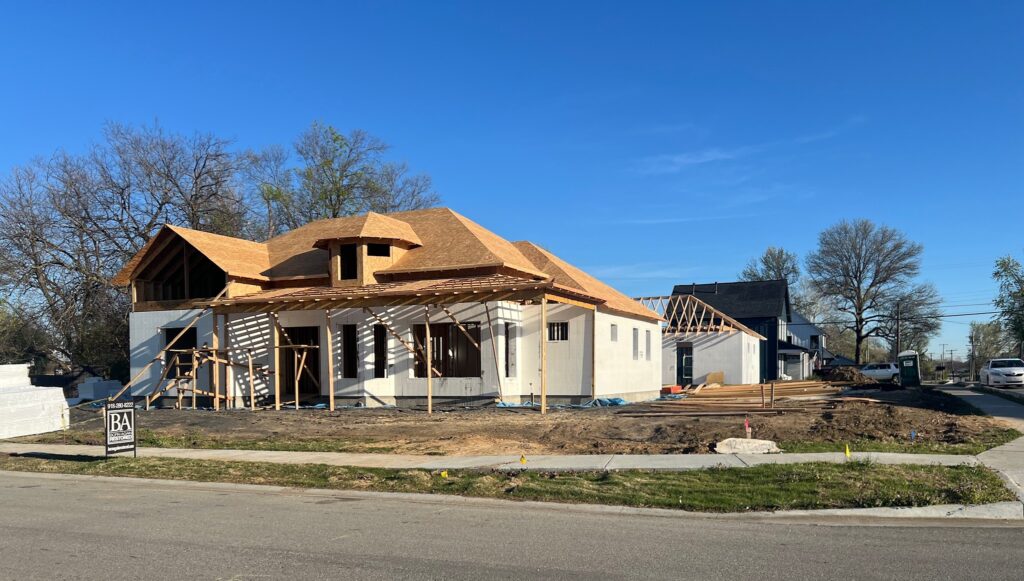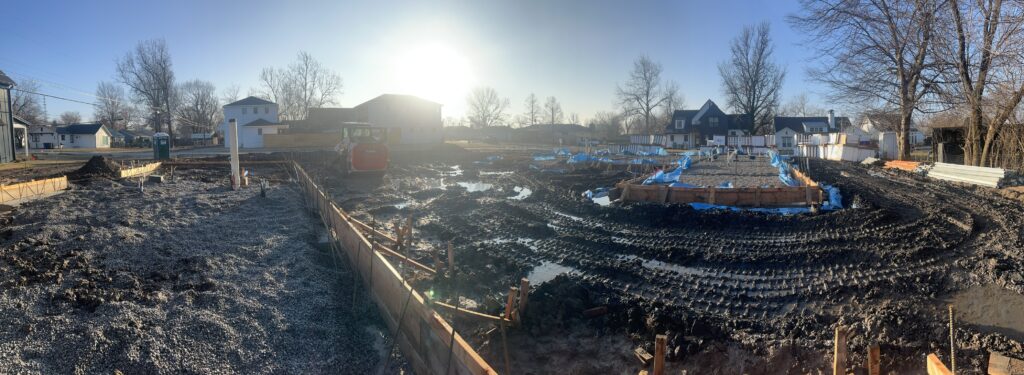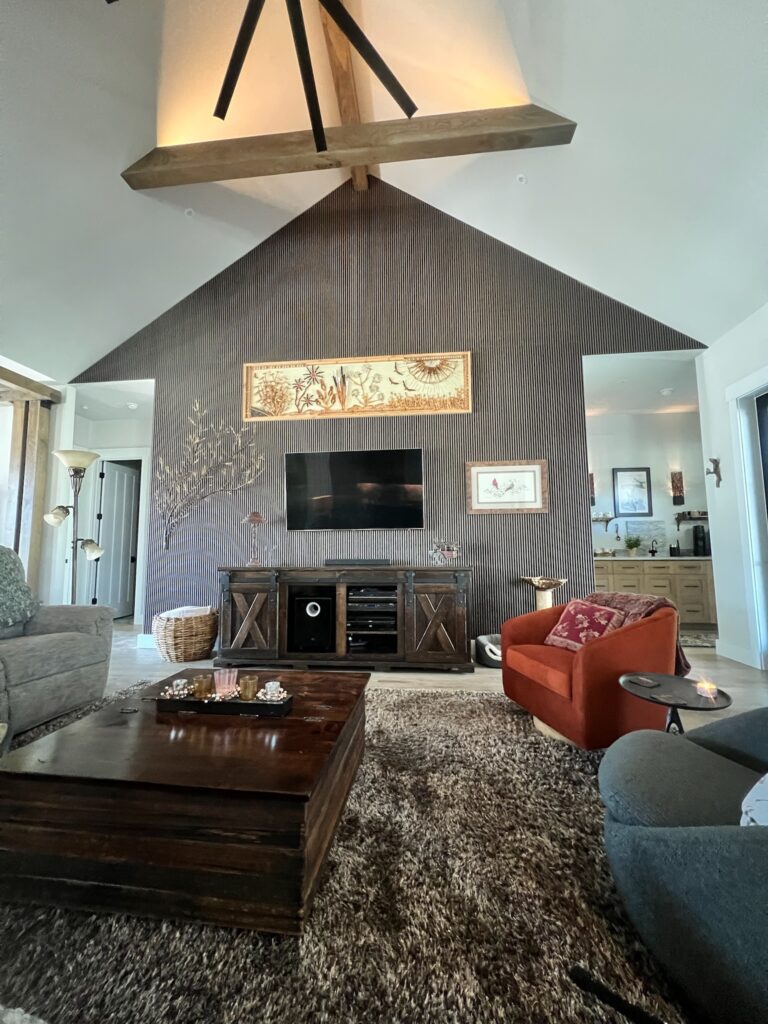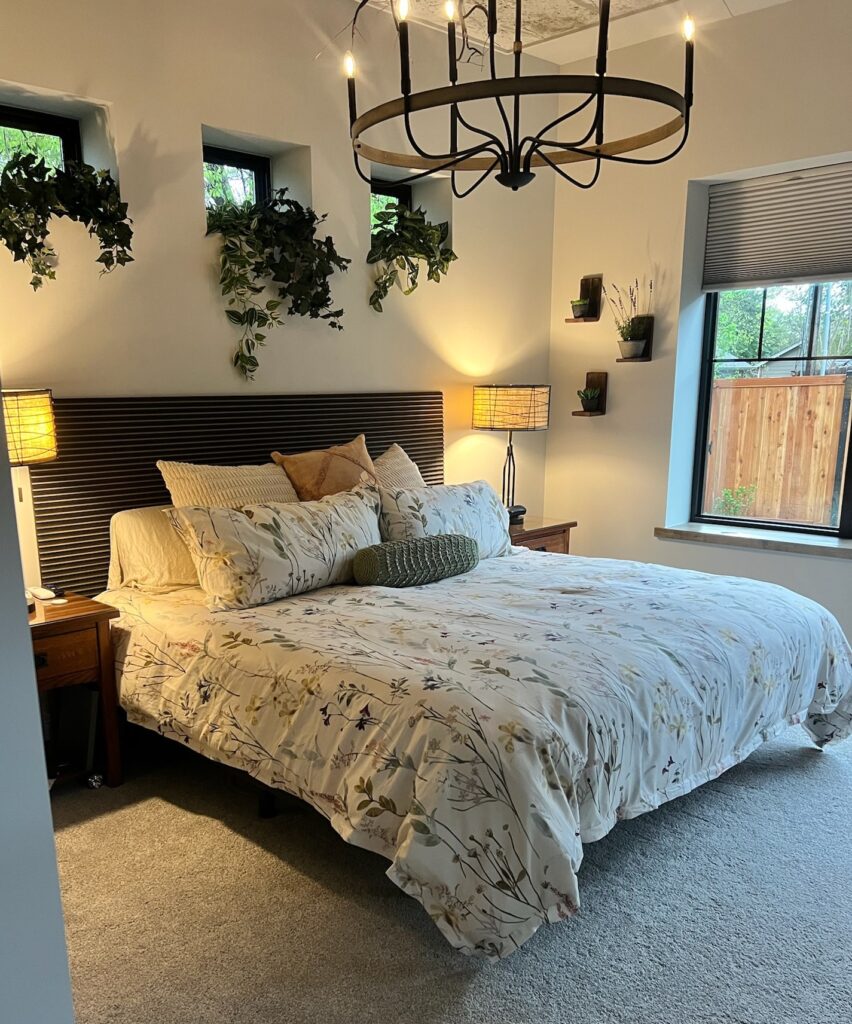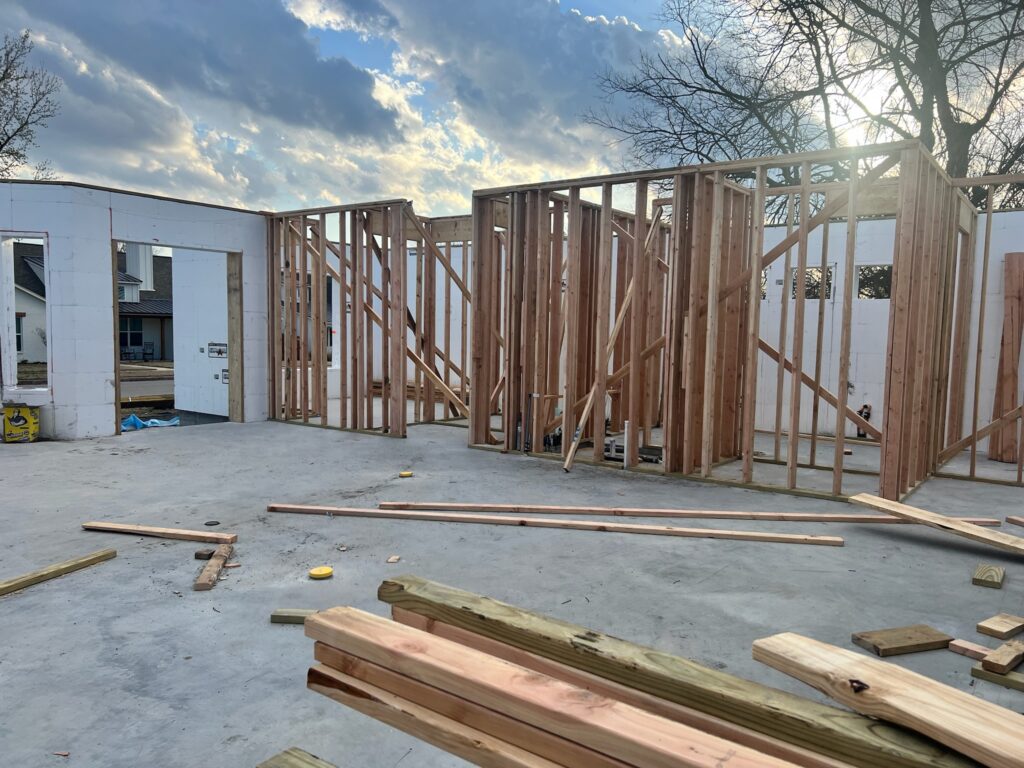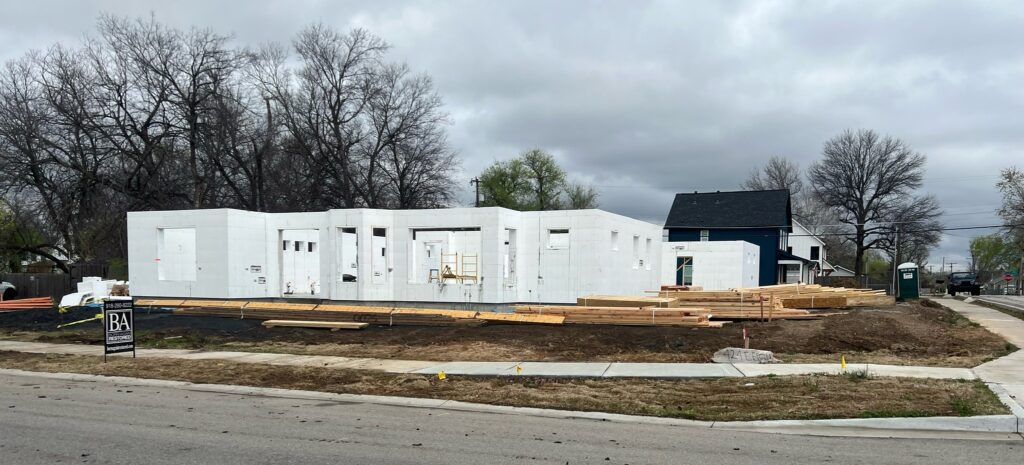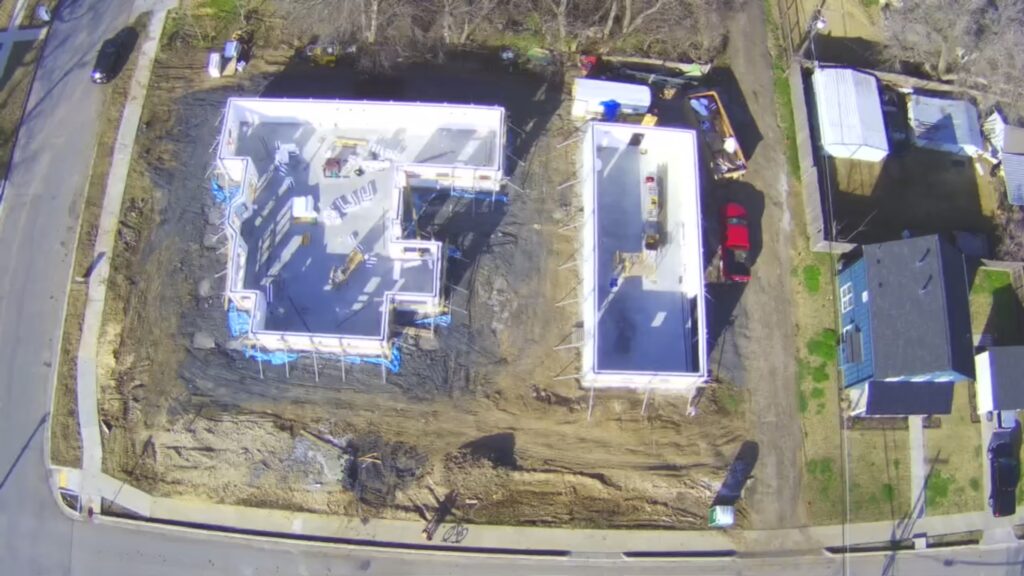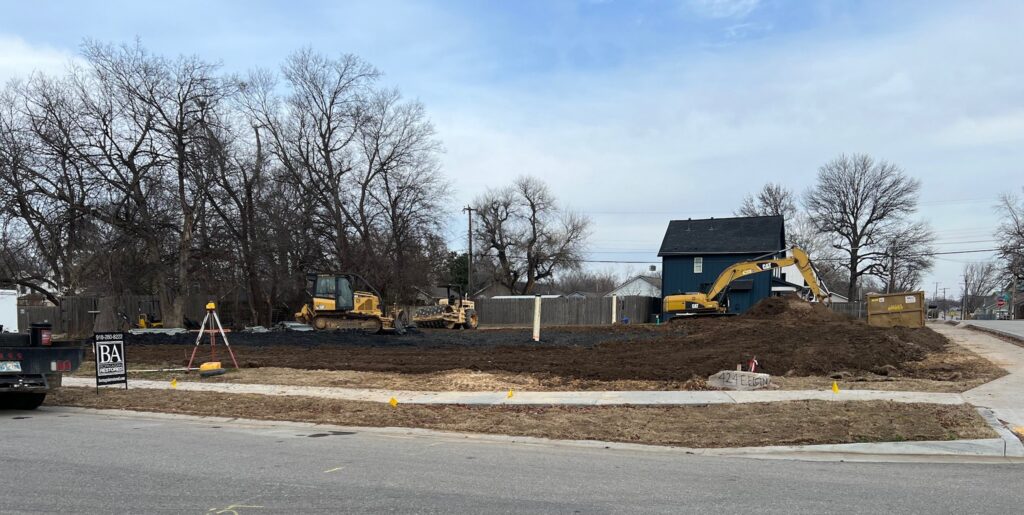Broken Arrow, Oklahoma
What is the first thing you think of when thinking about building a home? Is it energy efficiency? For James and Debby Barnard designing a home where comfort and performance live together was a part of their new construction plan. They set out to use their knowledge in HVAC and the construction industry to go beyond a standard code-built home to achieve a more durable, quiet, comfortable and efficient home to ensure lower ownership costs for many years to come. Once PSO learned about the project, we were excited to partner with the Barnards by offering energy efficiency rebates for their new home through our New Home Construction program.
Building Process
As the idea of building began, James (a software engineer and second-generation building contractor) and Debby (a project manager) attended a PHIUS (Passive House Institute – US) conference. PHIUS provided the Barnards with the guidelines of good building science to develop an energy model for their new Broken Arrow home that was named “The Weldon House”. The energy model focused on four basic tenents of building science:
- Water Control Layer: Building a durable, long-lasting house requires intelligent use of flashing and making sure if water gets in, it is let back out.
- Air Control Layer: Constructing a comfortable and energy-efficient home requires stopping the infiltration of air. Air leaks allow the uncontrolled entrance of dust, pollen, water vapor and even bugs. Moisture infiltration leads to mold and rot and represents a significant contribution to heating and cooling costs.
- Thermal Control Layer: Insulation in walls, ceiling, and U-value in the windows is about more than just comfort; it’s also about conserving energy. This layer only works if it is continuous, reducing thermal bridging and preventing the typical gaps and thermal leaks that may cause a home to lose temperature-controlled air.
- Vapor Control Layer: Uncontrolled water vapor can adversely affect your health, attract termites and destroy your home from the inside out.
The Weldon House construction project included many unique energy-efficient features, including ICF (Insulating Concrete Forms) walls. ICF walls insulate to a continuous R-25 value and have no thermal bridging, and largely satisfies all four control layers. They also offer sound dampening, high wind, mold, and insect resistance benefits.
The project included several other efficiency elements such as…
- Vapor barrier under the slab
- Insulated stem wall
- Conditioned attic
- Exterior roof insulation
- Fixed-pane Impervia fiberglass foam-filled windows
- Geothermal water-to-water heat pump for HVAC and domestic hot water
- Radiant ceiling panels in master bedroom and bathroom
Energy Recovery Ventilator (ERV) for air quality control
Even appliances and lighting were considered. An energy-efficient induction cooktop and condensing clothes dryer were installed, along with low-voltage PoE lighting (power over ethernet), which offer a longer lifespan and are less expensive to operate than LED lights. PSO proudly contributed rebates on various energy-efficient equipment and appliances that were incorporated as well.
Efficiency Results
A home’s level of energy efficiency is rated by the Home Energy Rating System (HERS) on a scale of 0-130 or higher. The lower the rating of the home the more efficient the home is overall. The Weldon House has an impressive HERS rating of 60. As a comparison, a typical home has a HERS rating of 100 or higher. In addition to a notable HERS rating, the home is also ENERGY STAR® certified.
Not only does The Weldon House have a low HERS rating, the model shows the home will consume an average 77% fewer kWh per year (90% fewer kW in peak winter and 64% fewer kW in peak summer) and is a glimpse of the future of energy-efficient building practices. According to James, implementation of efficient building science does not have to cost much more than traditional construction and shows how building homes that last longer plus cost less to heat and cool are more comfortable overall. So, before you start building your dream home, take advantage of available PSO rebates while building to a greater level of comfort and efficiency from the ground up that will benefit your new home for a lifetime.
